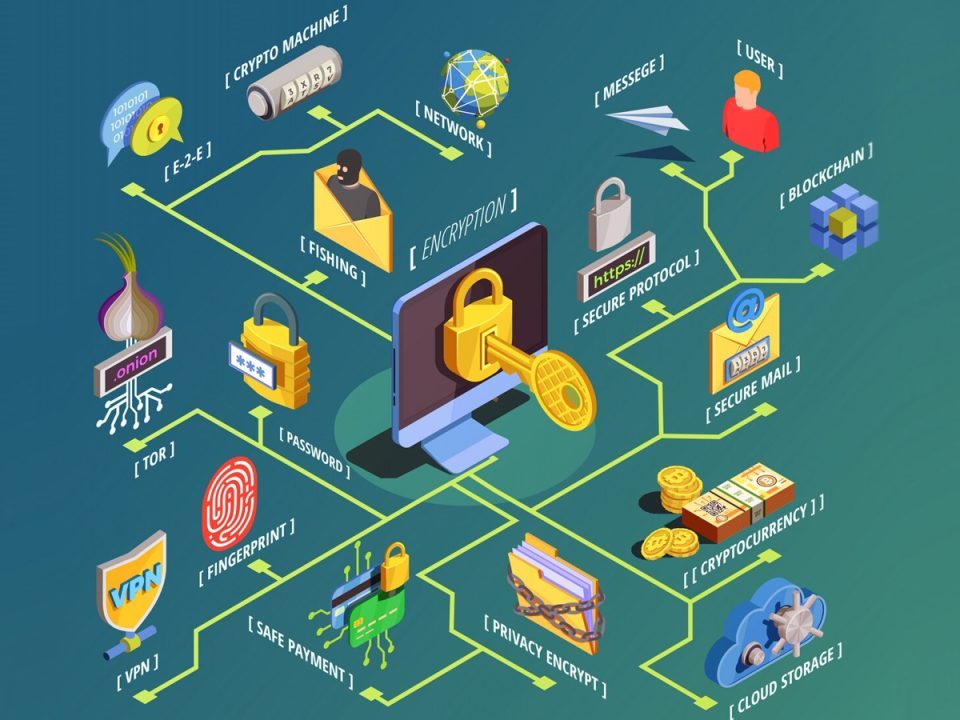The FinTech industry, blending finance with technology, has revolutionized how financial services are delivered. However, with innovation comes new risks, and insider threats have emerged as a significant concern. Insider threats, originating from current or former employees, contractors, or business partners, can cause severe damage. These threats are particularly challenging because insiders often have authorized access to systems and sensitive data, making detection and prevention complex. Understanding these threats and implementing effective mitigation strategies is crucial for FinTech companies.
1. Data Theft
Data theft is one of the most severe insider threats. Insiders may steal sensitive customer information, financial data, intellectual property, or trade secrets. This stolen data can be sold to competitors or malicious entities, causing financial loss, reputational damage, and legal consequences for the company.
Mitigation Strategies:
- Access Controls: Access controls can be designed to ensure that only authorized personnel can access the data. Use role-based access controls (RBAC) and the principle of least privilege (PoLP) to limit access.
- Data Encryption: To protect data from unauthorized access, encrypt sensitive data in transit and at rest.
- Monitoring and Auditing: Regularly monitor and audit user activities to detect any unusual access patterns or data exfiltration attempts.
- Employee Training: Educate employees about the importance of data security and the consequences of data theft.
2. Fraudulent Activities
Insiders may engage in fraudulent activities such as manipulating financial records, creating fake accounts, or executing unauthorized transactions. Such activities can lead to significant financial losses and regulatory penalties.
Mitigation Strategies:
- Segregation of Duties: Implement segregation of duties (SoD) to ensure that no single individual has control over all aspects of a financial transaction.
- Automated Monitoring: Use automated monitoring systems to detect and flag suspicious transactions or activities.
- Regular Audits: Conduct regular internal and external audits to identify and address potential fraud risks.
- Fraud Awareness Training: Train employees to recognize and report fraudulent activities.
3. Unintentional Errors
Not all insider threats are malicious. Unintentional errors, such as accidental data deletion, misconfigurations, or unintentional information leaks, can also cause significant harm.
Mitigation Strategies:
- Comprehensive Training: Provide employees with comprehensive training on data handling, system usage, and security protocols.
- Robust Backup Solutions: Implement robust backup solutions to ensure data can be restored in case of accidental deletion or corruption.
- Error Reporting Systems: Establish systems for reporting and addressing errors quickly to minimize their impact.
Read More : AI’s Impact on Emerging Risk Management Trends
4. Third-Party Risks
FinTech companies often work with third-party vendors, contractors, or partners who may have access to sensitive systems and data. Insider threats can arise from these external entities, either through malicious intent or negligence.
Mitigation Strategies:
- Third-Party Due Diligence: Conduct thorough due diligence on third-party vendors and partners to assess their security posture and risk levels.
- Contractual Security Requirements: Include security requirements and responsibilities in contracts with third parties.
- Access Management: Limit and monitor third-party access to sensitive systems and data.
- Ongoing Monitoring: Continuously monitor third-party activities and conduct regular security assessments.
5. Privileged User Abuse
Privileged users, such as system administrators or IT personnel, have elevated access rights, making them potential sources of insider threats. Abuse of these privileges can lead to unauthorized access, data breaches, or system disruptions.
Mitigation Strategies:
- Strict Access Controls: Enforce strict access controls and regularly review privileged user access rights.
- Privileged Access Management (PAM): Implement PAM solutions to manage and monitor privileged access.
- Activity Logging: Log and monitor the activities of privileged users to detect any unusual or unauthorized actions.
- Regular Audits: Conduct regular audits of privileged accounts and their usage.
6. Disgruntled Employees
Disgruntled employees, motivated by dissatisfaction or personal grievances, may engage in malicious activities to harm the company. This could include data theft, sabotage, or leaking of sensitive information.
Mitigation Strategies:
- Behavioral Monitoring: Monitor employee behavior for signs of dissatisfaction or potential insider threat indicators.
- Exit Procedures: Implement strict exit procedures, including immediate revocation of access rights and return of company assets, for departing employees.
- Employee Support Programs: Provide support programs to address employee grievances and reduce the likelihood of malicious actions.
- Anonymous Reporting: Establish anonymous reporting channels for employees to report suspicious activities or concerns.
7. Social Engineering Attacks
Insiders can be manipulated through social engineering attacks, where external attackers trick them into revealing sensitive information or performing unauthorized actions.
Mitigation Strategies:
- Security Awareness Training: Train employees to recognize and respond to social engineering tactics, such as phishing or pretexting.
- Simulated Attacks: Conduct simulated social engineering attacks to test and improve employee awareness and response.
- Multi-Factor Authentication (MFA): Implement MFA to add an extra layer of security for accessing sensitive systems and data.
Insider threats pose a significant risk to FinTech companies, given the sensitive nature of the data they handle and the critical services they provide. By understanding the various types of insider threats and implementing robust mitigation strategies, FinTech companies can enhance their security posture and protect themselves from potential damage. Comprehensive training, strict access controls, continuous monitoring, and fostering a security-conscious culture are key to mitigating these threats and ensuring the safety and integrity of financial services.
Read More : Global Fintech Series Interview with Christy Johnson, Chief Product Officer at Versapay
[To share your insights with us, please write to psen@itechseries.com ]
